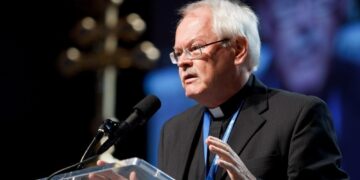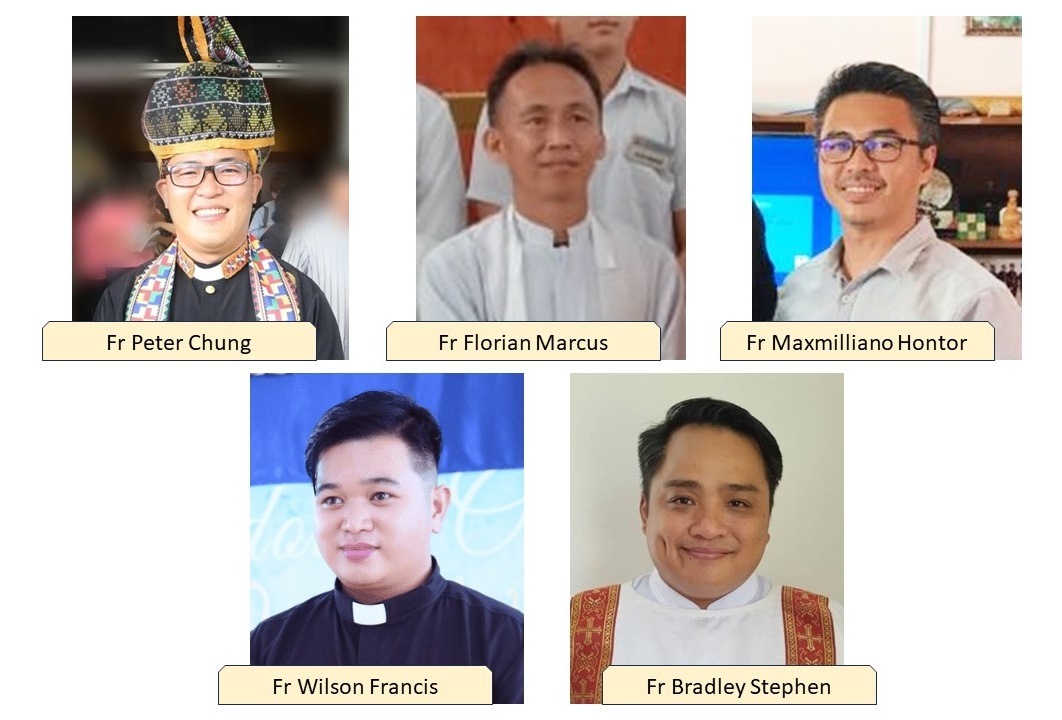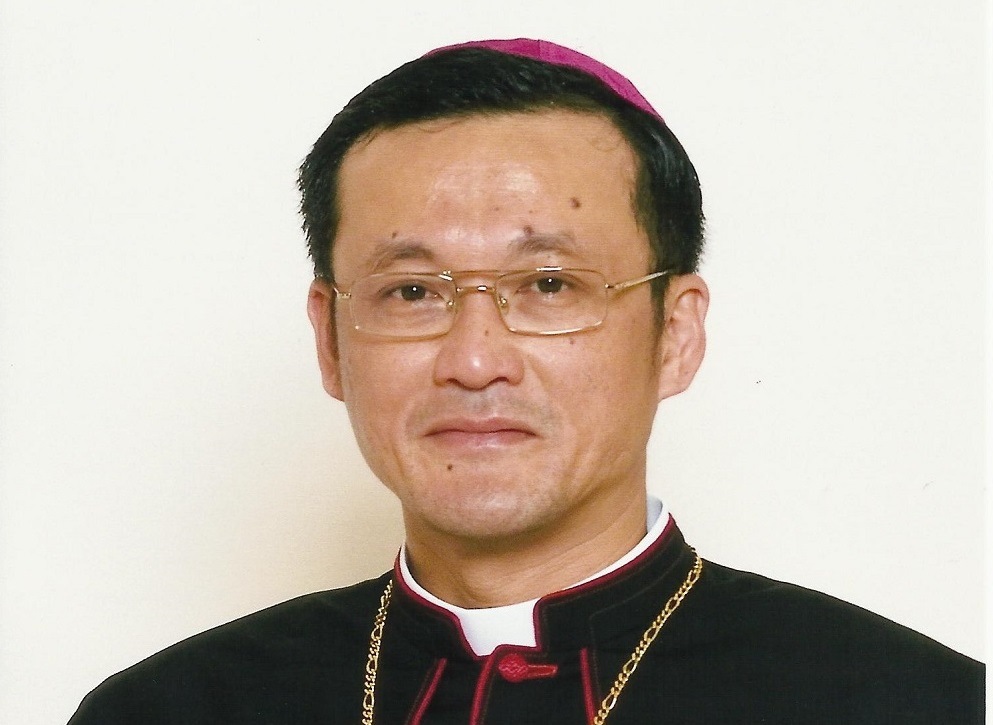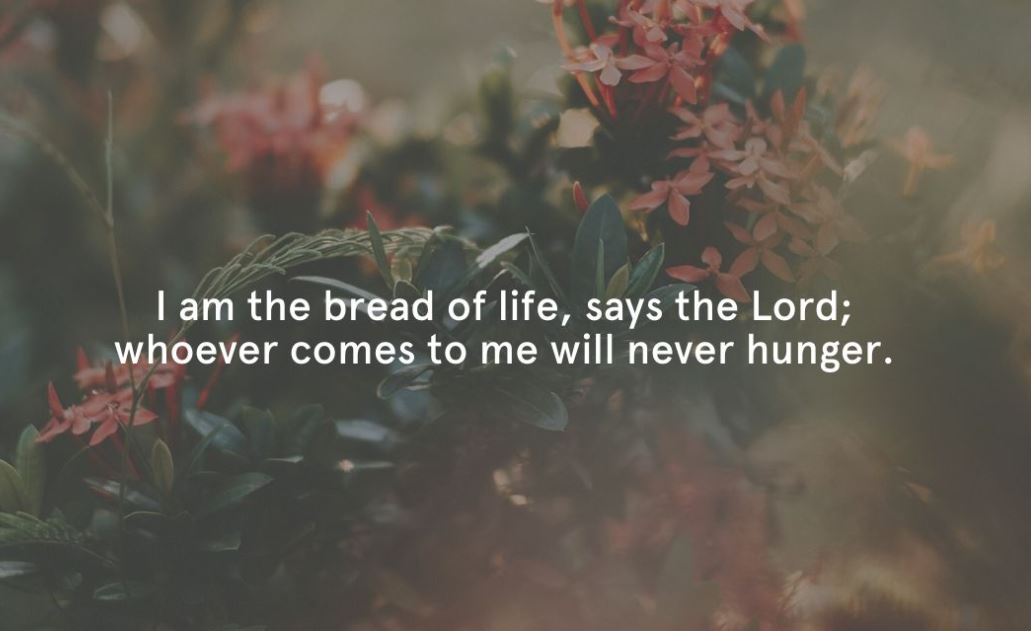Holy See Pavilion at Expo 2020 in Dubai
By Francesca Merlo and Benedict Mayaki, SJ
Feb 4 2022
Monsignor Tomasz Trafny, deputy commissioner of the Holy See Pavilion at Expo 2020 in Dubai, highlights the message and inspiration behind the structure, and invites everyone to overcome our prejudices in a spirit of human fraternity.
Since October 2021, the Holy See has been present with its own pavilion at Expo 2020 in Dubai.
The Pavilion, designed to be a place of encounter between aesthetics, science and faith, promotes intercultural and interreligious dialogue, as well as human fraternity – a theme highlighted by the signing of the Document on Human Fraternity by Pope Francis and the Grand Imam of Al-Azhar, Ahmad Al-Tayyib on 4 February 2019, in Abu Dhabi.
As preparations conclude for the celebration of the second International Day of Human Fraternity, observed on Friday, the deputy commissioner of the Holy See Pavilion at the Expo 2020, Msgr. Tomasz Trafny, spoke to Vatican News’ Francesca Merlo about the inspiration behind the composition of the Pavilion.
Deepening the connection
Monsignor Trafny explains that the Pavilion, themed “deepening the connection” underlines the need to build increasingly solid relationships between peoples, cultures and faiths.
As a matter of fact, “we believe that there is a connection between Christianity and Islamic culture and religion,” Trafny says, noting that this connection often “needs to be rediscovered or simply underlined” as it is unknown to many.
He adds that both religions coexist and have mutual influence, not only on a religious but also on a cultural level.
From St. Francis of Assisi to Pope Francis
Among the many features of the Holy See Pavilion are the symbols of two historical encounters: between Saint Francis of and the Sultan of Egypt, Malik Al-Kāmil which took place in 1912, and that of Pope Francis with the Grand Imam of Al-Azhar, Ahmad Al-Tayyib, in Abu Dhabi, in February 2019.
Msgr. Trafny explains that the meeting 800 years ago between St. Francis of Assisi and the Egyptian Sultan created a friendship and cleared the path for the Franciscan fathers to receive the privilege of running their own churches within Islamic settlements. This, he continued, is also why Franciscan fathers are present in the historical places in the Holy Land.
Eight centuries later, the historic “Document on Human Fraternity for World Peace and Living Together” signed by the Pope and the Grand Imam of Al-Azhar carries a powerful message to the world.
In light of the International Day for Human Fraternity, Msgr. Trafny stresses the idea that the Pavilion represents: “to guide people to that point to acknowledge it is a good time to overcome all prejudices we could have or we sometimes have, and to start to think that we are really brothers and sisters to each other.”
Bringing people together from far and near
The Holy See Pavilion brings in people from different walks of life to share in the experience it represents. Despite the Covid-19 pandemic and the inconveniences it entails, Msgr. Trafny says that at peak periods, about 1,000 persons visit daily.
“I think it has a very positive impact,” he says. “Hearing their feedback and their ideas after the visit, we see it was really worth it to be here – even if it was a very big effort for all of us.”
Other important points of attraction at the Pavilion include the exhibition of some important manuscripts from the Vatican Library.
Msgr. Trafny abstains from choosing a favorite feature in the pavilion but invites everyone to consider the entire idea and all the elements that are collected in the Pavilion, in order to “show the importance of building bridges between different cultures, different nations and different religions.”

















































